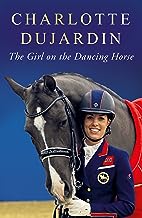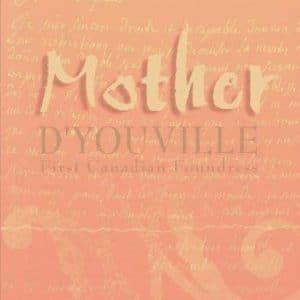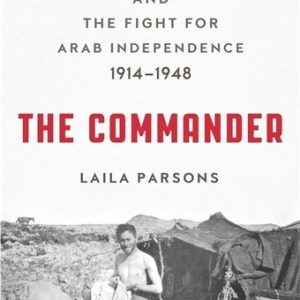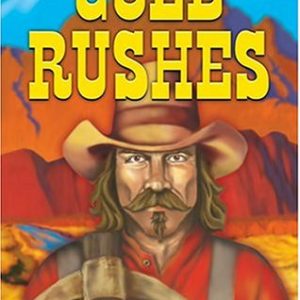pp. 259, “Greenwich 2012, the Olympic games in London. Charlotte Dujardin enters the ring riding the Dutch warmblood Valegro for the individual dressage event. Working through a series of intricate movements, they have the audience spellbound. Just over 6 minutes later and the pair had delivered a routine with a score of 90.089%. It was an Olympic record and only the third score in history over 90 per cent.
The world was captivated.
Charlotte Dujardin had been riding since the age of two and competing since the age of three. But whilst her talent was obvious, dressage was not an easy career to switch to. With its aristocratic heritage and astronomic cost, dressage was the domain of the rich. Not the life a girl from a middleclass family was born into. Following sacrifices made by her parents, she left school at 16 to compete in as many competitions as she could. At 22, she was invited to be a groom at Carl Hester’s yard in Gloucestershire where she has since remained.
Valegro is a Dark Bay who stands at 16.2hh. With a large canter, an explosive energy and a tendency to shake his head with nerves, Valegro was a challenging dressage horse. As Carl Hester’s groom, Dujardin was asked to train him, with the intention that Hester would eventually take over the ride. But groom and horse had an almost telepathic connection and Charlotte was soon putting Valegro through unbelievably challenging routines. His hot energy and her athletic determination became a firebrand partnership, and one which Hester did not want to break.
This is the story of how an outsider and an unconventional horse changed the world of equestrian sport.”






